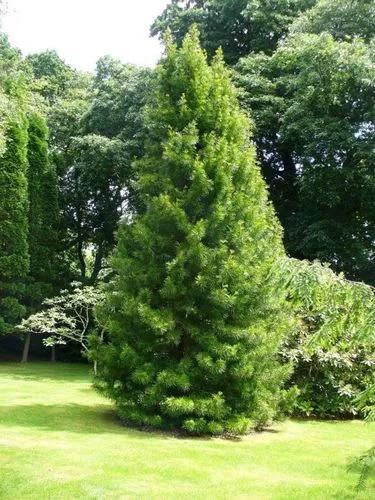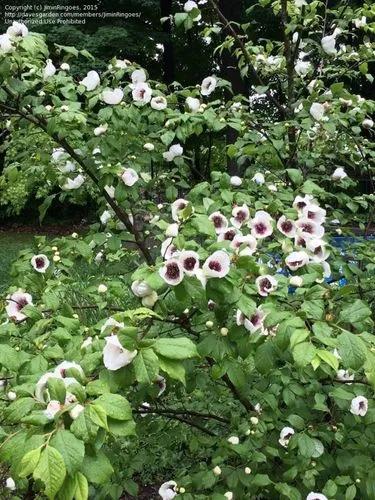The Osage orange (Maclura pomifera), also called horse apple, hedge apple, bodark and bois d’arc, is a 35- to 70-foot tree that was often heavily pruned and planted in tight hedgerows to contain livestock. The tree has very dense, rot-resistant wood that excretes a milky sap. The branches are armed with thorns at leaf bases. Osage orange fruit is green, bumpy and inedible. The juices are a natural pesticide, and squirrels like to eat the seeds. Plant Osage orange hedgerows in U.S. Department of Agriculture plant hardiness zones 4 through 9.
Osage Orange Care
Maclura Pomifera



How to Care for the Plant

Water

Water to keep the soil moist. Once established, the trees are more tolerant of dry soil. Osage orange grows about 3 feet per year.

Pruning

Repeat the two spring prunings for four years after planting or until the hedge is the height you want. Each time, add 3 to 5 inches to the height of the plant when you cut it back. The repeated pruning will force the trees to bush out and form a dense thicket. After the hedge gets to be the correct height, trim the Osage orange each spring to maintain the height.

Fertilizer

Fertilizer is not necessary.

Sunlight

The osage-orange prefers an open site that receives full sunlight

Soil

This tree can grow in a wide range of soil types, thriving in sites with a high clay, sand or loam content as well as both acidic and alkaline soils. Good drainage, however, is important.

Temperature

Dormant mature plants are hardy to about -20°c though the young growth in spring can be cut back by late frosts

Popularity

569 people already have this plant 134 people have added this plant to their wishlists
Discover more plants with the list below
Popular articles






